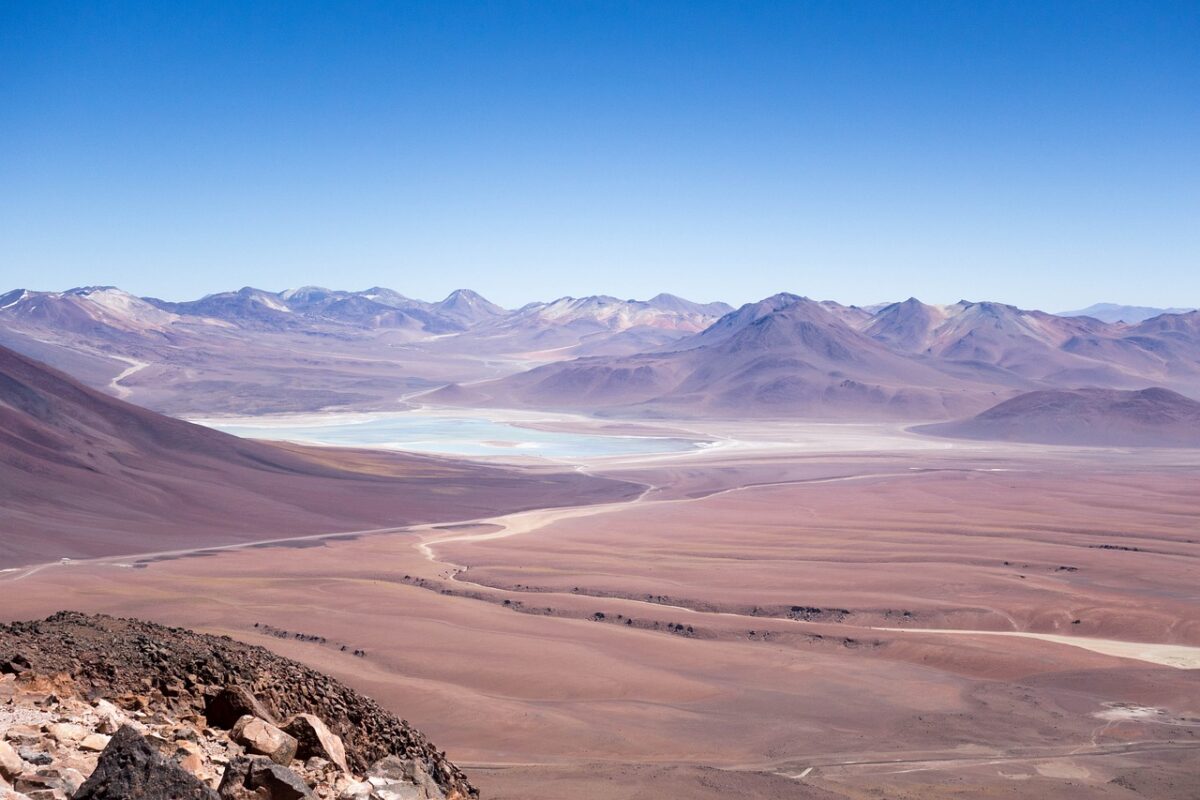Investors Betting On Water Market As California Faces Most Severe Drought In 50 Years

For the last two years, California has been suffering through a historically severe drought, the worst in nearly 50 years. In April, California Gov. Gavin Newsom declared a drought emergency, and then in July called on Californians to cut their water usage by 15%. As of July 31, California’s major reservoirs held only 53% of their historical averages, according to the state’s Department of Water Resources. For the first time ever, federal officials declared a water shortage for the Colorado River, which provides water to nearly 40 million people in seven states including California.
Investors are betting on new water futures as the liquid gold becomes more scarce in California, which is the largest water market in the United States and accounts for roughly 9% of the country’s daily water consumption.
The Nasdaq Veles California Water Index is a “price index estimated as the volume-weighted average price of water arrived on the basis of the transaction prices of water rights in California’s five most liquid markets,” according to the Observer Research Foundation. The liquid markets include California’s surface water market as well as adjudicated groundwater basins: Central Basin, Chino Basin, Main San Gabriel Basin, and the Mojave Basin.
The CME Group explains how the NQH2O Index determines the price of water, “The value of the index reflects the volume-weighted average price of water, at the source ‒ excluding conveyance costs and losses in the underlying markets after adjusting for idiosyncratic pricing factors specific to each of the eligible markets and transaction types.”
The Nasdaq Veles California Water Index was launched on October 31, 2018, at a value of $306.56 per acre foot. As of Aug. 31, the value spiked to $923 per acre foot, up over 90% year to date.
An acre foot is the volume of water required to cover one acre of land to a depth of one foot, which is equivalent to 325,851 gallons.
A growing population, climate change concerns, and increased agricultural production have pushed investors into water futures.
There are approximately 65 water funds globally, with a combined $35 billion in assets under management, according to the Motley Fool.
“The path of least resistance for water prices is higher, as water scarcity is already a concern in certain areas around the world, and we believe that water as a commodity is gaining more traction,” Deane Dray, a managing director at RBC Capital, told Barron’s.
Morningstar research analyst Bobby Blue said, “It is a niche that’s been around for a while, but it is one that continues to grow as concerns about climate-change-induced water shortages, and interest in investing in ways to adapt to or avert them, grow.”
“With nearly two-thirds of the world’s population expected to face water shortages by 2025, water scarcity presents a growing risk for businesses and communities around the world, and particularly for the $1.1 billion California water market,” said Tim McCourt, CME Group Global Head of Equity Index and Alternative Investment Products. “Developing risk management tools that address growing environmental concerns is increasingly important to CME Group. This innovative, new water contract builds on our strong partnership with Nasdaq, as well as our proven 175-year track record of helping end users and other market participants manage risk in essential commodity markets including agriculture, energy, and metals.”